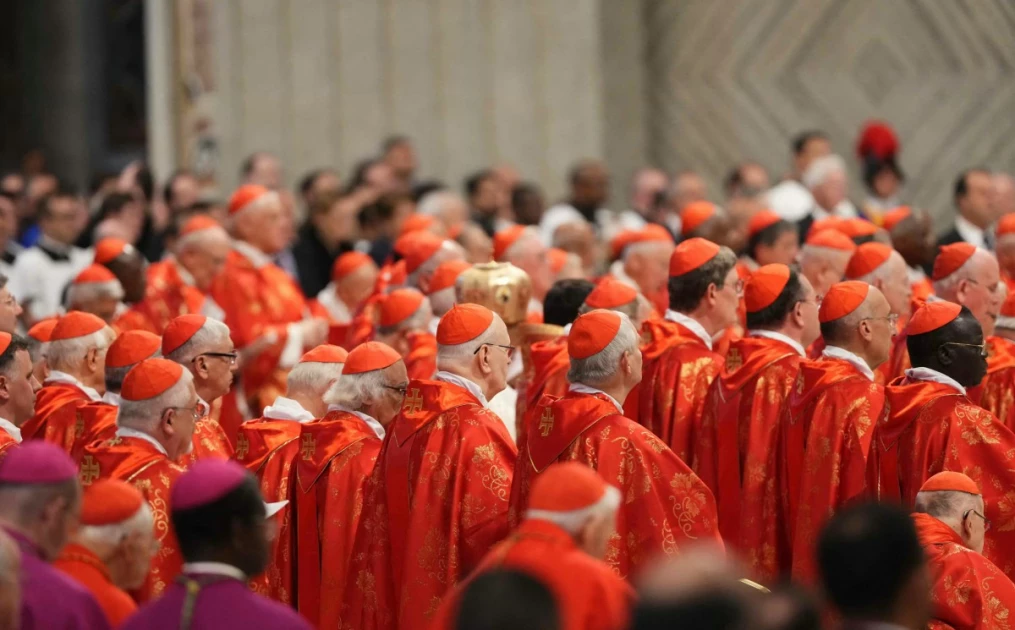No sponsors: Price tag behind Papal Conclave

Voting began on Wednesday afternoon inside the Sistine Chapel, where 133 cardinals aged below 80 started casting their ballots.
Cardinals gathered under tight security at the Vatican on Wednesday to begin the complex process of electing a new pope, a ritual steeped in tradition and secrecy, but one that comes with a heavy financial cost.
While the Vatican has not shared how much the current conclave will cost, it is believed the process runs into millions of euros.
The event was triggered by the death of Pope Francis on April 21.
Over 200 cardinals from across the globe have flown in with assistants and are being accommodated, fed, and supported during the proceedings.
Voting began on Wednesday afternoon inside the Sistine Chapel, where 133 cardinals aged below 80 started casting their ballots beneath Michelangelo’s famed frescoes.
Meanwhile, thousands of people gathered in St Peter’s Square, watching for the plume of white smoke that will signal the election of a new pope.
Costs associated with the conclave are partly covered by the Italian government.
Under the 1929 agreement that established the Vatican City State, Italy is responsible for handling security.
During the 2013 conclave that led to the election of Pope Francis, expenses for security, extra public transport and related services reached 4.5 million euros, according to then-Rome mayor Gianni Alemanno. (Sh660.5 million).
This year, Italy’s civil protection minister, Nello Musumeci, said the government released an initial five million euros following the pope’s death, though he noted that the total costs are still being determined.
The Vatican itself has remained silent on the financial burden it will shoulder.
There are no external financial backers either. Vatican spokesman Matteo Bruni said the Holy See had no "sponsors" helping with money matters.
In previous years, limited figures have been disclosed.
When John Paul II died in 2005, the Vatican reported that organizing the funeral and conclave cost seven million euros (Sh1.02 billion), with nearly 12,000 security officers, 1,000 firefighters, and 5,000 civil servants deployed.
However, the Vatican has since become less transparent about its expenditures.
During the 2013 conclave, no overall figure was published.
Later that year, the Vatican revealed an annual budget deficit of 24 million euros (Sh3.5 billion).
This year is no different. As preparations went ahead, no official estimate of the conclave's cost was made public.
Financial challenges continue to trouble the Holy See.
In 2014, Pope Francis launched major financial reforms, setting up a special secretariat for the economy and ordering investigations into mismanagement.
His administration closed 5,000 Vatican Bank accounts and increased scrutiny over investments.
Despite these efforts, the Church continues to face a difficult financial environment.
In 2022, its budget deficit was estimated at about 30 million euros, and there has been a noticeable decline in donations from followers.
As cardinals were briefed on the Holy See’s financial situation ahead of the conclave, the task of selecting a new pope is now underway against the backdrop of tight budgets and rising costs.
